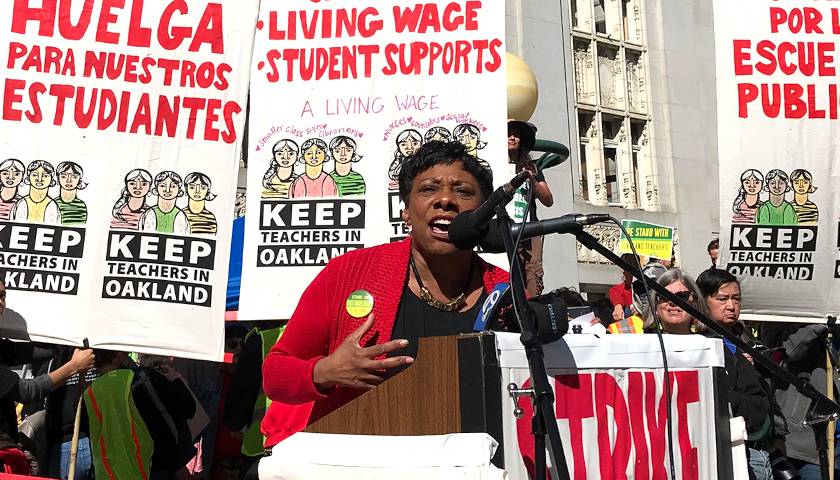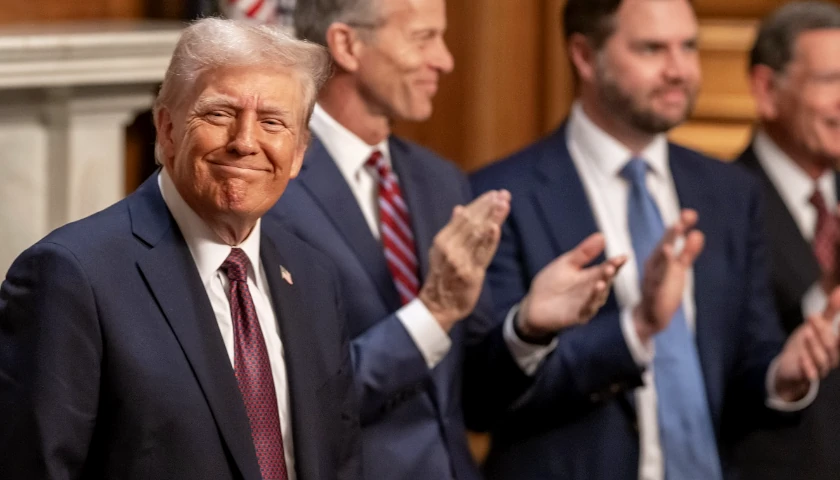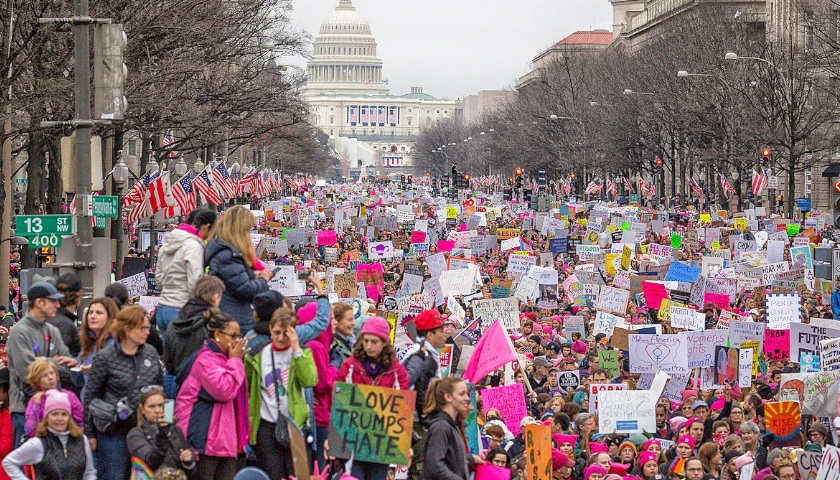by Larry Sand
In the past, teachers’ unions concentrated on fighting to keep all teachers employed—competent or otherwise—laying off teachers by seniority when necessary and soaking taxpayers every chance they could. While those activities are still part of their mission, they have, over time, increasingly delved into the political/social realm, promoting Black Lives Matter, Critical Race Theory, DEI, class warfare, gender-bending, etc. And their current level of engagement is staggering.
Americans for Fair Treatment, a national nonprofit organization that educates public employees about their rights in a unionized workplace, recently released a report detailing the National Education Association’s (NEA) financial filings from Sept. 1, 2022, through Aug. 31, 2023.
The NEA declared that its political spending totaled $50.1 million during the fiscal year, though the true number is much higher. During the most recent reporting period, the union disclosed that it spent “$126.3 million on ‘contributions, gifts, and grants,’ which is where most unions detail their charitable giving.”
However, a closer look at the union’s “contributions, gifts, and grants” shows that the NEA is directing more money towards political causes than it reports. For example, the union contributed $4.1 million to the State Engagement Fund, a progressive advocacy group, and $3.5 million to For Our Future, a Democratic super PAC. Another $500,000 was donated to the Color of Change Education Fund, which has ties to progressive billionaire George Soros.
The disclosure also reveals that the union spent $10 million more on politics and lobbying than it did representing its members. While NEA’s representational spending increased by about $2 million compared to the previous reporting period, spending on politics and lobbying increased by $8.5 million.
It’s worth noting that as a 501(c)(5), the NEA and, in fact, all unions have a special tax-exempt status with the IRS, which is accorded to “Labor, Agricultural, and Horticultural Organizations.”
Local teachers’ unions are also involved in political spending. In Chicago, where just 15 percent of Chicago’s 8th-grade students are proficient in math and 21 percent are proficient in reading, the Chicago Teachers Union is focused on other things. As the Illinois Policy Institute documents, the union spent nearly three times more on politics in 2023 than the year before, and just 17 percent of its spending was on representing teachers.
A 142-page leaked document contains hundreds of Chicago Teachers Union contract demands, including 100 percent abortion coverage to pay for surrogates and housing students in old schools.
The CTU is also demanding a 100 percent electric bus fleet and fuel-efficient drivers’ education vehicles, installation of solar panels and other facility upgrades, compensation, and medical benefits for absences related to “verbal assault,” etc.
In preparing for CTU’s collective bargaining talks with the city, the union’s president, Stacy Davis Gates, asserted the new contract would cost taxpayers $50 billion.
Importantly, the teachers’ unions’ political involvement does not stop with spending. They now routinely make policy statements and demands, most notably on the recent strife in the Middle East.
In November, the United Educators of San Francisco contended that Israel’s military campaign violated the United Nations Universal Declaration on Human Rights but made no mention of the brutal Oct. 7 attacks or the captivity of over 200 hostages.
In December, a pro-Palestinian “teach-in” was organized by the Oakland Education Association, and members developed special lesson plans in defiance of the local school board. The same month, Becky Pringle, president of the National Education Association, demanded a permanent truce in the Middle East on Twitter—a position that was later reaffirmed by the organization’s board of directors.
In late January, the American Federation of Teachers officially called for a cessation of hostilities.
Additionally, Heritage Foundation scholar Jay Greene reports that a measure adopted by the NEA-affiliated Massachusetts Teachers Association board in December declared, “The MTA president and vice president will urge the president of the NEA to pressure President Biden to stop funding and sending weapons in support of the Netanyahu government’s genocidal war on the Palestinian people in Gaza.”
Greene also notes that the executive committee of the Minneapolis Federation of Teachers passed a resolution condemning “the system of Israeli occupation and apartheid.” However, backlash from teachers and the community led the union to issue an apology.
What can be done about the onslaught of union political activity?
The big-picture solution is for teachers’ unions to be banned. Period.
“All government employees should realize that the process of collective bargaining, as usually understood, cannot be transplanted into the public service. It has its distinct and insurmountable limitations when applied to public personnel management.”
Progressive icon Franklin Delano Roosevelt issued the above caveat about government unions. Additionally, George Meany, president of the AFL-CIO for 24 years, once stated, “It is impossible to bargain collectively with the government.”
Both men understood that the very nature of government makes it wrong for its leaders to negotiate with any union. When government unions bargain, they often sit across the table from people they helped put in office with generous campaign contributions. And when these unions go on strike, they walk out on the taxpayer.
However, getting rid of these established unions is highly unlikely, primarily because political spending by government unions inevitably favors union-friendly candidates.
Prohibiting collective bargaining would reduce union power, but only five states currently prohibit that activity for public employees: Texas, Arkansas, North Carolina, South Carolina, and Georgia.
Ultimately, teachers hold the key. If they stopped paying dues, the unions would cease to exist. Legally, they can now do so courtesy of the Supreme Court’s 2018 Janus decision, which asserted that no teacher or any public employee has to pay a penny to a union as a condition of employment.
The good news is that since the SCOTUS ruling, 20% of workers in non-right-to-work states have dropped out of their unions, according to a report from the Mackinac Center for Public Policy. The bad news is that 70 percent of teachers nationwide still willingly pay union dues.
As a teacher, if your politics are on the right, centrist, or maybe you are apolitical, do you really want hundreds of your dues dollars going to the leftist causes that the state and national unions regularly support?
It is with no sense of irony that NEA boss Becky Pringle asserts that politics’ “creeping influence” in classrooms threatens education. “All of the politicians and pundits who are trying to politicize our school demonize teachers, which is new, who are not focused on what our kids need or what our parents say they want for their kids.”
Pringle has it backward. Clearly, the number one educational “influence creeps” are the teachers’ unions.
– – –
Larry Sand, a former classroom teacher, is the president of the non-profit California Teachers Empowerment Network—a nonpartisan, non-political group dedicated to providing teachers and the general public with reliable and balanced information about professional affiliations and positions on educational issues. The views presented here are strictly his own.
Photo “Becky Pringle” by National Education Association.



